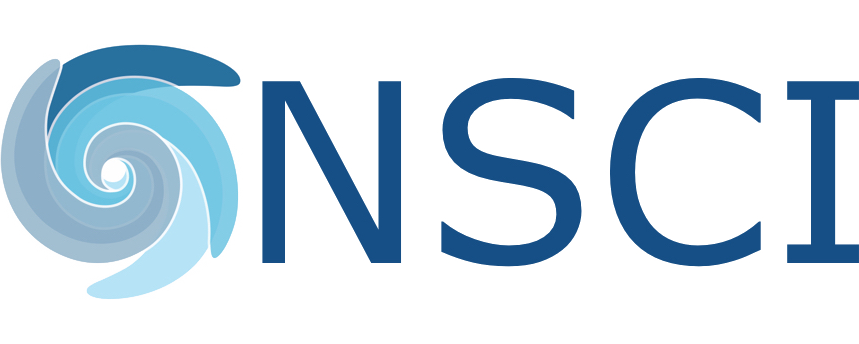Alzheimer’s Program
Alzheimer’s disease (AD) is a brain disease that slowly destroys memory and thinking, and eventually, the ability to carry out very simple tasks. At the current time, there is no cure. AD is the leading cause of dementia (loss of thinking, remembering, and reasoning) and currently affects 12 million people worldwide; 5.4 million of these are in the US alone, a figure that is predicted to triple by 2050. Dementia ranges in severity from the mild stage, when it is just beginning to affect a person’s functioning, to the severe stage, when the person must depend completely on others for basic care, causing a tremendous burden on the patient and caregivers.
The disease is named after Dr. Alois Alzheimer, who in 1906 noticed changes in the brain tissue of a patient who died of a mental illness. Upon examination of the patient’s brain, he found many abnormal clumps (known now as amyloid plaques) and tangled bundles of fibers (known now as neurofibrillary tangles) in a region of the brain called the cerebral cortex. Plaques and tangles in the brain are two of the main features of Alzheimer’s disease. These plaques and tangles accumulate in the neurons and over time kill the cells leading to a progressive loss of neurons. As neurons die, their physiological functions slow down, and the symptoms of AD start to manifest. Over the past decade, stem cells have become a viable tool to develop new therapeutic approaches to help patients suffering from AD.
Our Approaches
Here at the Neural Stem Cell Institute (NSCI) we use our expertise in neural stem cells to discover novel treatments and therapies for patients with AD.
Cells for replacement therapy.
Recently it has been shown that skin or blood cells can be turned into pluripotent stem cells (PSCs) through a process called reprogramming. PSCs are unique in being ‘pluripotent’ – capable of turning into any cell type. Scientists at NSCI can create these human PSC lines, and then turn them into the brain cells that die in AD. Researchers are exploring in pre-clinical studies whether, in the future, these healthy human neurons and glia may be valuable to replace the sick and dying brain cells in AD patients.
‘Disease in a Dish’ models for drug discovery.
Using the same cell reprogramming technology, scientists at NSCI can derive human PSCs fom healthy and from patients with AD. Having both healthy and diseased neurons and glia from AD patients provides scientists a “disease in a dish” model of AD, which can be used to discover novel drugs that prevent the sick neurons from dying. Scientists at NSCI are developing novel gene therapy intrabody approaches to reduce the toxic molecules that build up in AD with the goal of slowing or stopping the disease.
Identifying the cause of Alzheimer’s disease.
Currently it is not known how AD is caused. The PSCs can be manipulated into the neurons and glial cells that die in AD patients, to get a better understanding of the disease pathway. These disease in a dish models are used to study how brain cells generate the plaques and tangles characteristic of AD and why brain cells die in AD by performing in-depth molecular and mechanistic studies. We hope this information will lead to critical information about the cause of AD, and subsequently how it can be treated.
